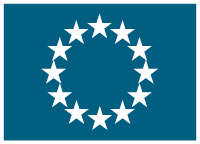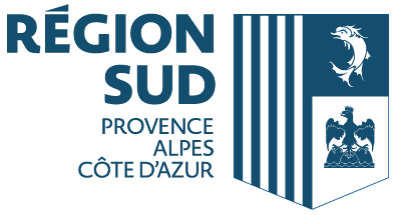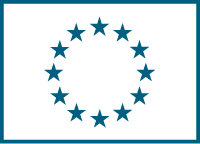Higher education student and staff mobility project
Date du début: 1 juin 2014,
Date de fin: 31 mai 2016
PROJET
TERMINÉ
The artist looks, observes, sees, but in the end what he puts into practice is his or her own feelings and vision of the world. Artists need to compare themselves with others. Artistic research is a continuous exchange of views, techniques and visual research. For this reason our institution was pleased to take part in the Erasmus program ever since it was first launched.
Giving our students the opportunity to expand their horizons is essential. They need it for their cultural as well as their artistic and technical growth. It is possible that art students need it more than any other students, as it is essential for them to have the opportunity to exchange ideas, learn new techniques, share their skills and expertise, because without it an artist cannot exist. Now that new technologies of arts are in constant transformation and evolution, it is even more important to travel and learn new ways of making art.
As previously mentioned, our objectives are:
• To focus on exchange, not only among students but also with the public; an artist (to be deemed as such) needs, in addition to his personal talent, an audience to judge him.
• To learn new techniques and technologies because continuous cultural, linguistic and above all educational exchanges increase individual creativity.
• To choose foreign destinations targeted to finalize our students’ artistic needs, placing particular attention to selecting partners which have departments and courses that are not only interesting but also related to our students’ artistic research.
• To give more space to teachers (both incoming and outgoing) because their professional skills stimulate our students to learn. For example, we hosted a Spanish teacher who, with a one-week workshop, taught students new techniques in graphics engraving. Another teacher, from Latvia, organized a system of online graphics design that students are still using one year after the workshop. Our outgoing teachers have had such success in videography (stop motion), photography etc. that groups of students from partner Institution are still in contact with them.
The number of students who ask to be part of the Erasmus mobility program is constantly increasing. Unfortunately, and with great frustration, we can give the Erasmus grant only to half of them because the budget is still lower than hoped. To make it possible for more students to join the program, we often finance only half of their time abroad with Erasmus funds, and use ministry funds to cover the remaining months. All students who have asked to extend their period of mobility have done so at their own expenses.
Students who more frequently ask to join the Erasmus program are generally those who attend the following courses: cinema, graphic design, fashion design, new technologies, photography, while students of painting and sculpture are more reticent to go abroad unless they can go into academic structures equipped with new technical methods.
While in 2010/11 we had six students outgoing to study SMS – nobody for placement - and only four incoming students, the number of students has grown consistently each year and in 2014/15 we had 28 outgoing students SMS, 8 SMP and 26 incoming students.
This also applies to teachers, both incoming and outgoing. In 2014/15 we had the highest number of incoming teachers (thirteen) who all brought their own personal experiments and professional skills. Except for a few professors who did lectures, most of the incoming teachers conducted workshops, some so interesting that groups of participants have asked to invite them again. The teachers most in demand were: a Spanish teacher in graphics and engraving, a Latvian graphic design teacher, a Bulgarian teacher of sculpture, and an Estonian teacher of painting. One of our students, who is currently in mobility in Tartu in Estonia, was so excited to have participated in an experimental graphic workshop that has since asked me if it would be possible to organize a similar workshop at our own Institution.
An Erasmus initiative of our Institution was the creation of the “Academy Film Festival” designed primarily for students of partner institutions. Foreign students who wanted to attend the three-day festival were helpers by Erasmus providing hospitality for them. We are also working on a project for a theater workshop which is not only going to involve the teachers but also the students.
What is also paramount is the long-term benefits of the Erasmus program. Some ex students, who have now become primary and/or secondary school teachers, told us that their experience abroad has had an impact on their approach to their line of work. Other students (especially those who left for a placement) have started working in the same place where they carried out their training. Others have been invited to participate in art exhibitions or performances, and have won awards.
Accédez au prémier réseau pour la cooperation européenne
Se connecter
ou
Créer un compte
Pour accéder à toutes les informations disponibles
Coordinateur
- http://www.accademiadinapoli.it
- Via S: Maria di Costantinopoli 107, 80138NapoliCampania (Italy)
Details
- € 38 171,00
-
 Erasmus+
Erasmus+
- Projet sur ERASMUS platform



